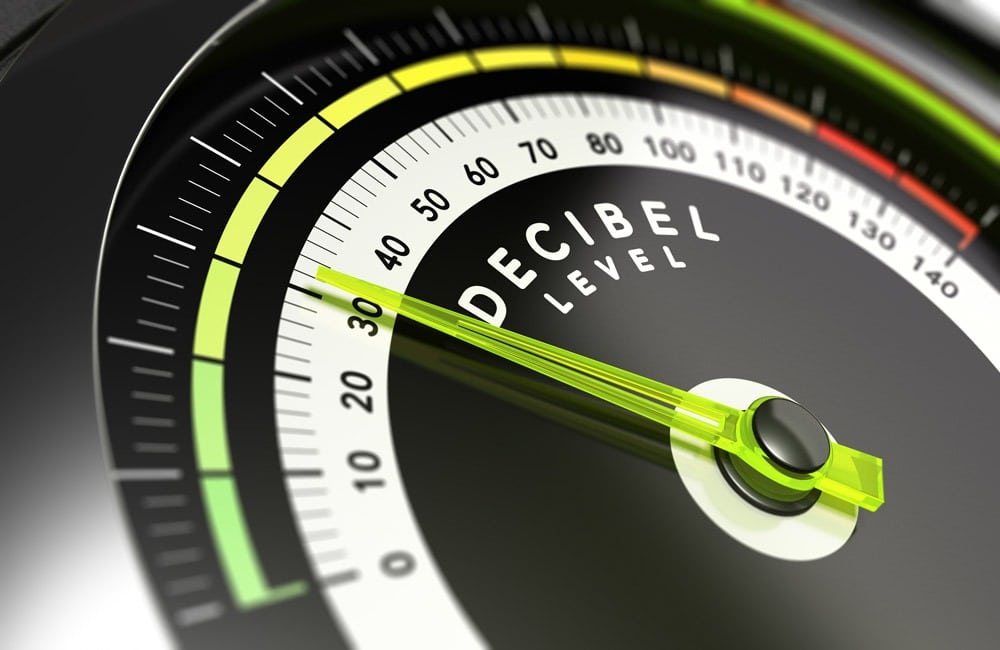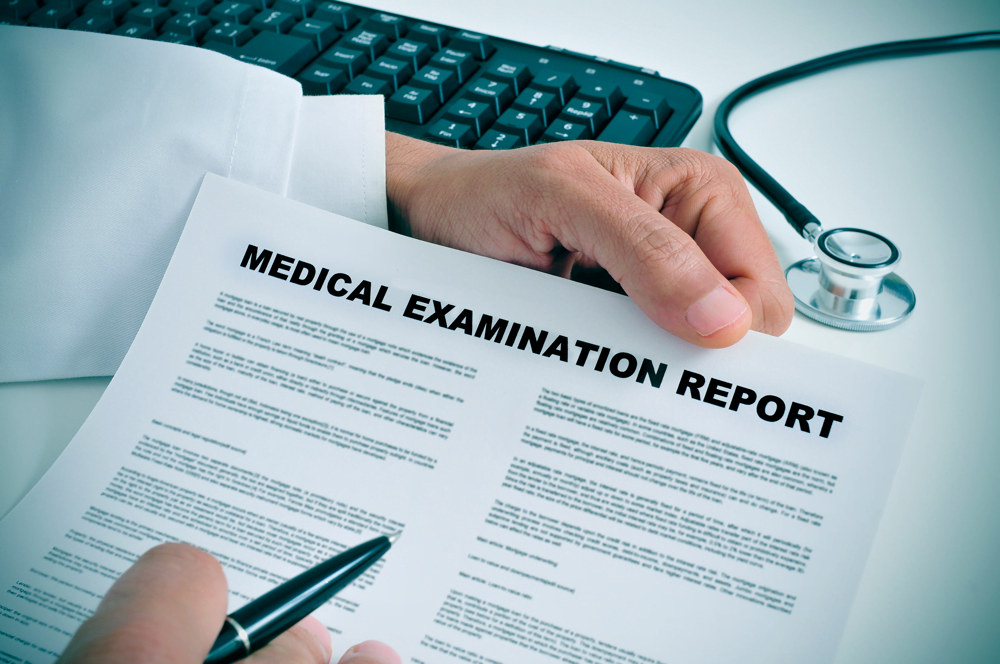Covering all industries; the legislation requires any employer who intends to perform work that will likely expose the workforce to excessive noise, to complete a risk assessment that outlines how this will affect health and safety. It must also identify the necessary measures that will be taken to ensure noise levels meet the requirements of the regulations.
Employers must provide hearing protection and also hearing protection zones if the noise level is 85 decibels or above.
The level at which risk assessments must take place is 80 decibels. Workers must not be exposed to noise levels greater than 87 decibels; taking into consideration the reduction provided by hearing protection. Workers must also have regular hearing tests if they are regularly exposed to sound levels greater than 85 decibels. If you have identified any noisy activities that may expose your workers or other people at your workplace to hazardous noise then, unless you can reduce the exposures to below the standard immediately, you should assess the risks by carrying out a noise assessment.
A noise assessment will help you:
- Identify which workers are at risk of hearing loss
- Determine what noise sources and processes are causing that risk
- Identify if and what kind of noise control measures could be implemented
- Check the effectiveness of existing control measures.
A noise assessment may not always need a measurement. For example, if only one activity at the workplace – the use of a single machine – involves noise above 85 dB(A) and the manufacturer has provided information about the machine’s noise levels when it is operated in particular ways, then a sufficient assessment can be made without measurement. More complex situations may require measurement to accurately determine a worker’s exposure to noise, such as workplaces with variable noise levels over a shift and jobs where workers move in and out of noisy areas.
Who can perform the assessment?
A noise assessment should be done by a competent person. The more complex the situation, the more knowledgeable and experienced the person needs to be. A competent person is one who has accurately calibrated noise measuring instruments and, through training and experience:
- Understands what is required by The Control of Noise at Work Regulations 2005
- Knows how to check the performance of the instruments
- Knows how to take the measurements properly
- Can interpret the results of the noise measurements
What information should be included in a noise assessment report?
Noise assessment reports should show that the assessment was done correctly and that all factors were taken into account. Noise assessment reports should be used to select appropriate control measures to help maintain employees’ hearing levels are kept to an acceptable level and the main findings should be included in training for all workers. The reports should be made available to managers, health, and safety representatives and regulators.
Healthscreen has qualified risk assessors able to attend your site to provide a risk assessment and help you keep your employees hearing safe.







